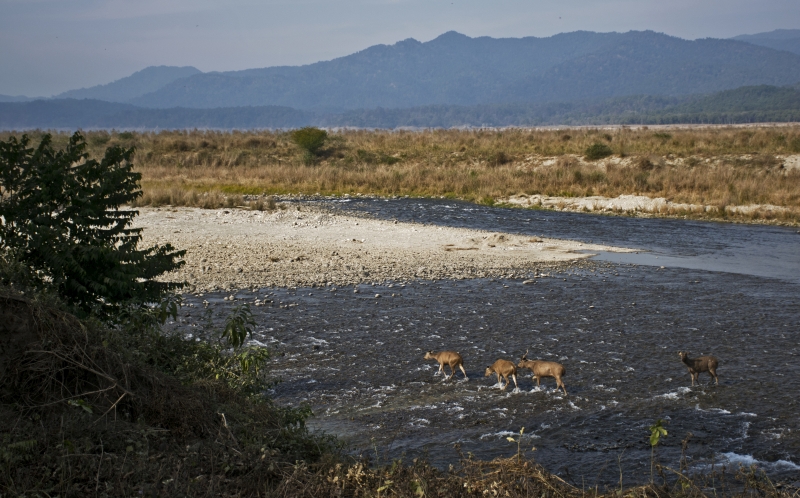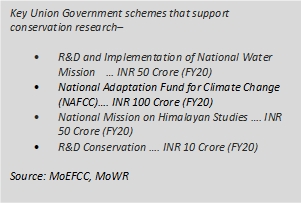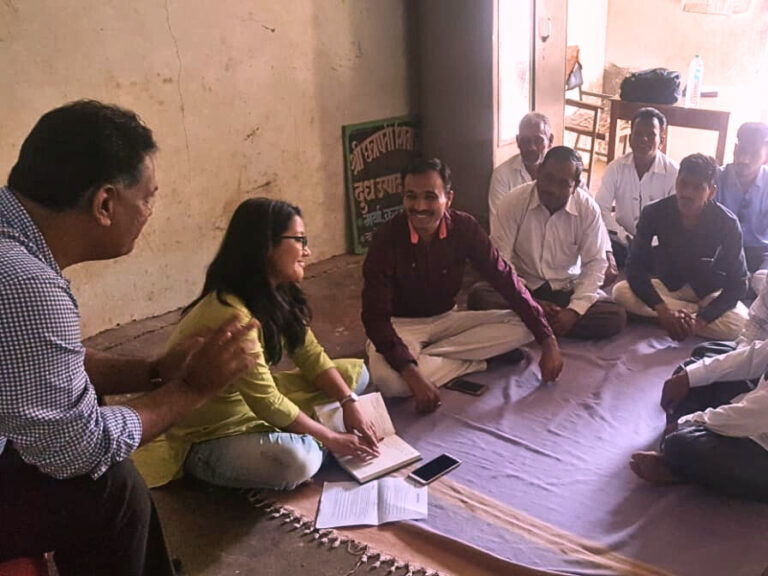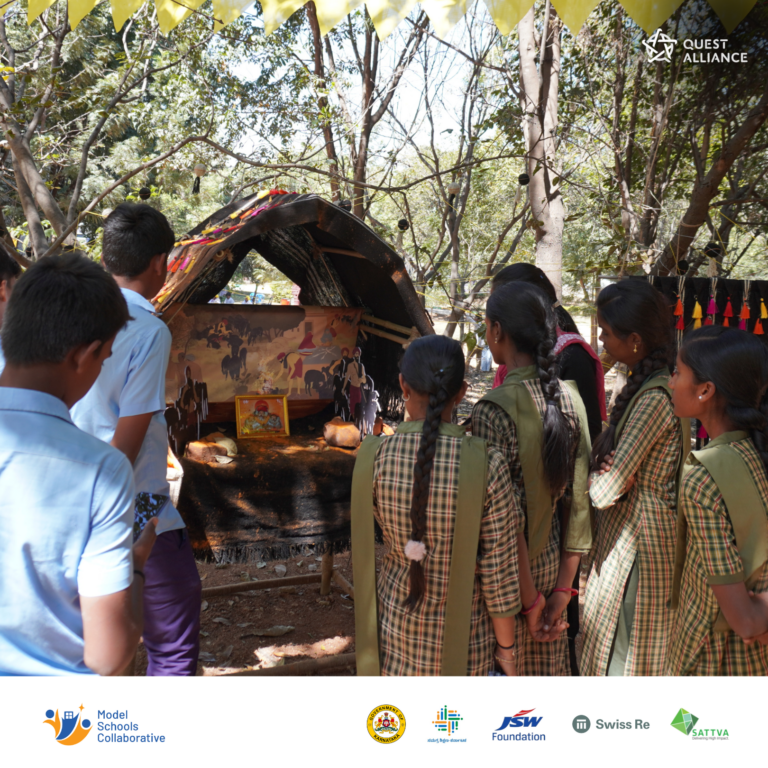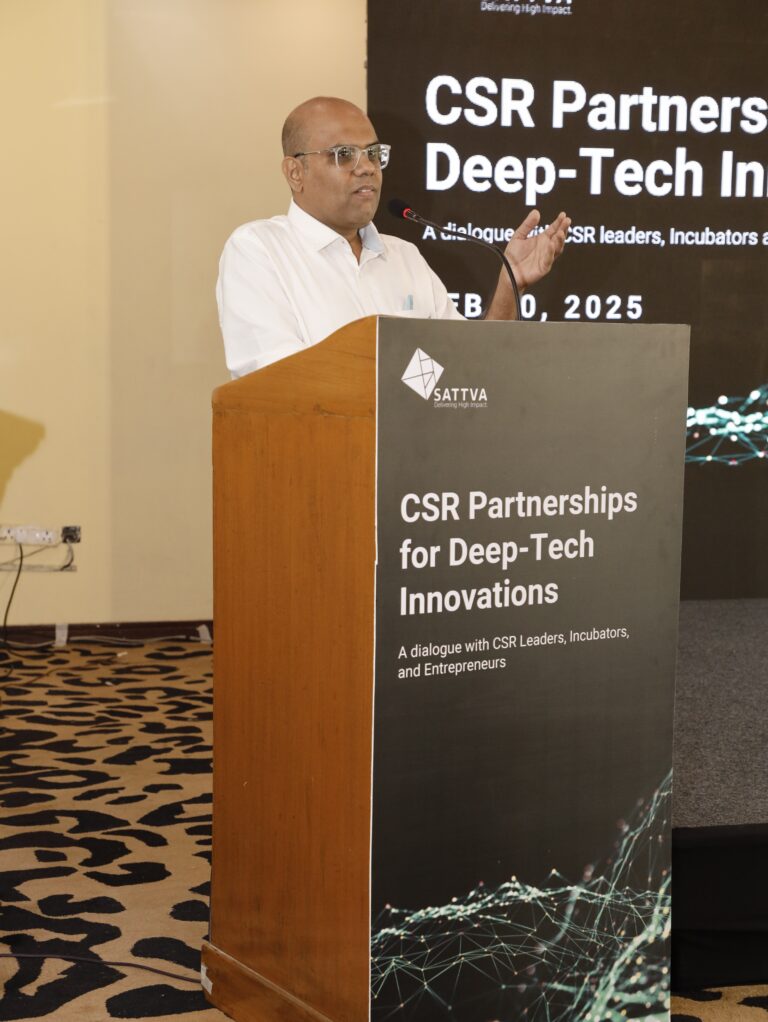Conservation Research in India – Gaps and Opportunities
– By Shrutee Ganguly and Arnab Mukherjee
India, in addition to being a land of incredible biodiversity, is also the second most populous country in the world – housing ~18% of the world’s population with only ~2.5% of global land share. Increasingly, this rapidly growing population coupled with a push for strong economic growth, leading to increased demand for resources, has placed tremendous stress on the natural ecosystems of this country.
Conservation research is essential to enable science-based management of the environment in its myriad forms such as freshwater availability, efficient use of natural resources, air pollution and biodiversity. Research not only impacts the immediate choice of conservation methods but is also expected to influence government policies which in turn has a longer-term impact on the ecosystem.
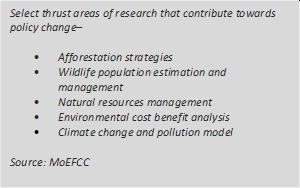
The Union Government along with NITI Aayog provides the necessary legislation and lays down the thrust areas for conservation research and related initiatives in the country. Relevant line ministries (such as Ministry of Water Resources, Ministry of Environment, Ministry of Agriculture etc) draw up missions, schemes and programmes along the lines of which specific projects are conceived and funds allocated. The state governments also allocate funds for conservation related initiatives through relevant departments such as the forest department and water resources department. Together, the Union and State Governments provide the lion’s share of financial assistance for conservation effort in the country.
Yet, for NGOs looking to conduct research in conservation, this source of funds remains largely inaccessible.
There is a growing perception in the NGO world that the government metes out preferential treatment to the autonomous institutes and central universities, given that they are funded by the government. Government officials however deny any such preference and point towards various factors such as quality of proposals, NGO capability and so on as the key reason for this apparent bias. Hence, international grants from donors such as US Fish and Wildlife Service, Rufford Foundation, IUCN, GEF and others continue to be the lifeline of most NGOs.
Increasing number of corporates are looking to fund environment projects, largely in areas such as waste management, rainwater harvesting and funding flagship government schemes such as Namami Gange. Conservation efforts however continue to remain low on the priority list of most corporates hence meagre amount of CSR funds are allotted to it if at all. There are some notable exceptions such as Godrej, DHL, NSE and Jet Privilege. In addition, corporates prefer quicker returns or visible validation of impact and hence focus more on implementation projects as opposed to research.
Our view is that allocation of CSR funds for conservation research requires a shift in corporate vision from immediate or short-term returns to a more longer-term strategic perspective where a study on a specific aspect of conservation is followed up with on-ground implementation.
The situation, however, is not as desperate as it appears for NGOs. Through extensive research and client engagement, Sattva recognises the following areas that can be leveraged to function successfully within the existing conservation ecosystem.
Fig 1. Five levers to create competitive advantage in the conservation research space
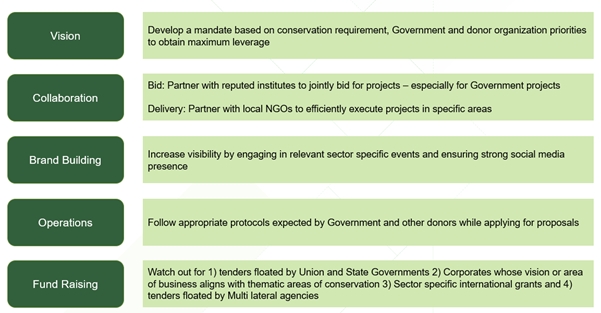
Sattva, through its experience in the environment space has emerged as a trusted advisor for corporates and organisations. Over the years, Sattva has developed multiple models of engagement to support sustainable solutions on the ground for maximum impact.
Fig 2. Sattva models of engagement

—————————————————————————————————-
Sattva has been working with various corporate clients to help them define their social impact goals and maximise the return on social investment. Our focus is to solve critical problems and find scalable solutions. Several corporates have been a partner to many such collaborations where effective CSR programmes have strategically aligned with business and have provided meaningful solutions to social issues.
● To read more about our work with CSR, check: https://www.sattva.co.in/our-work/
● Talk to us: impact@sattva.co.in
